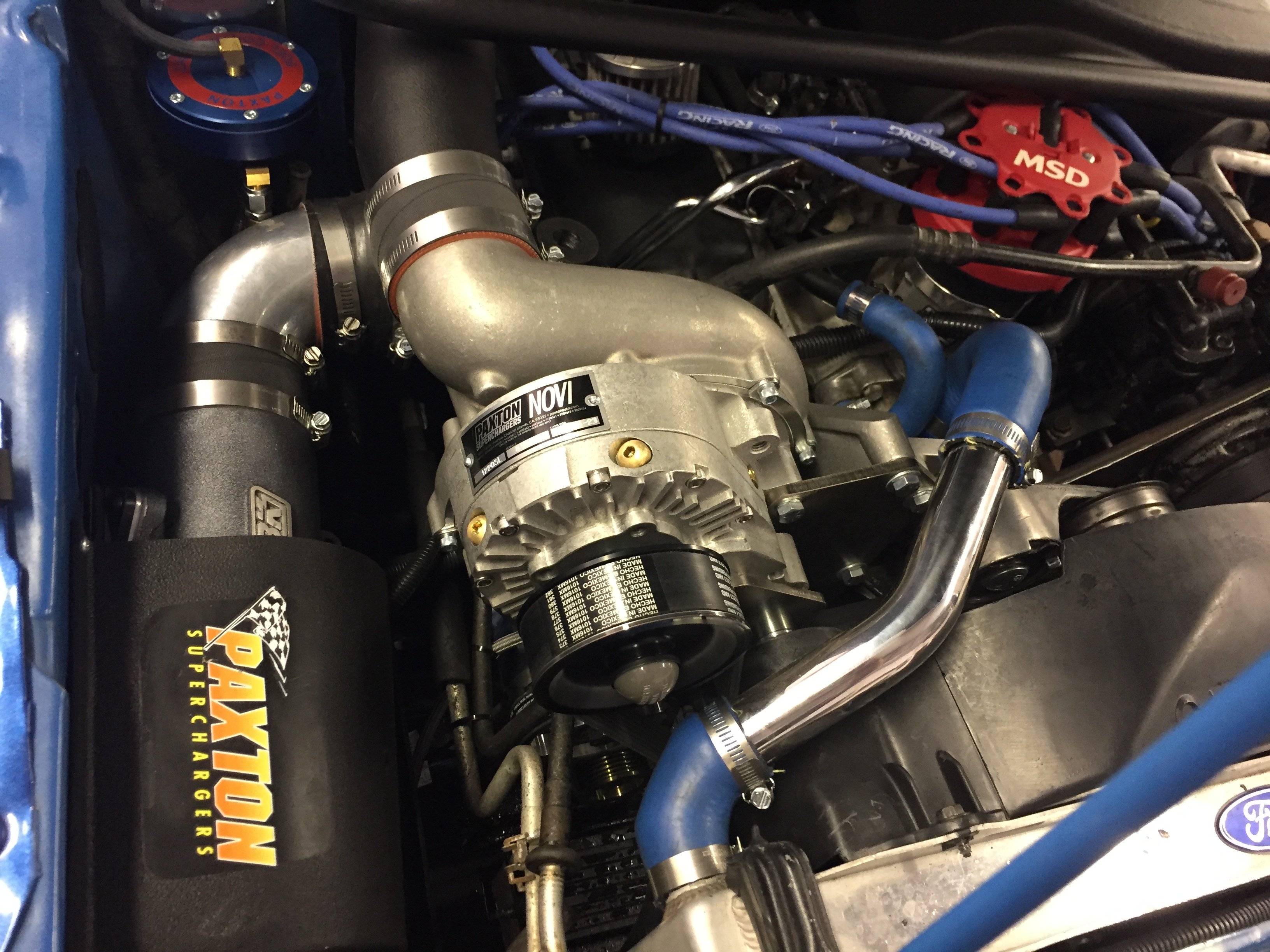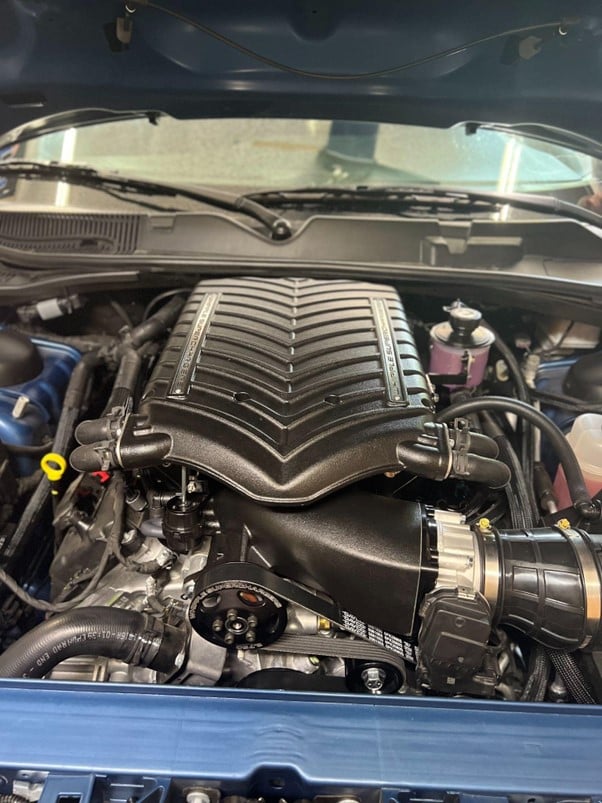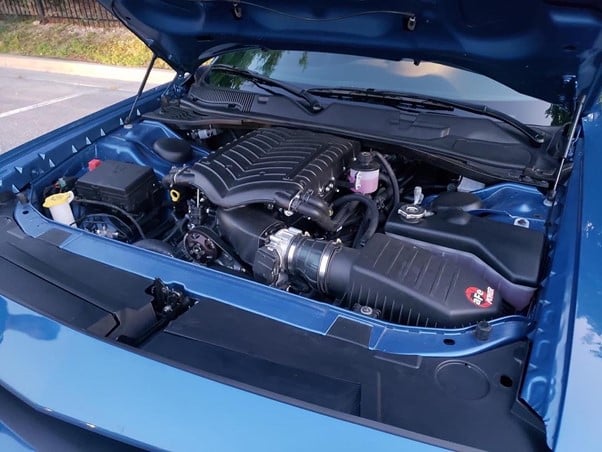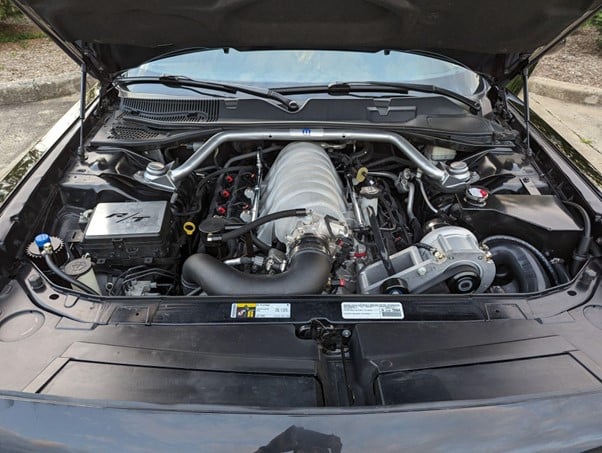
ProCharger vs. Supercharger - What’s The Difference?

When you want a lot of power, forced induction is the best way to go. Typically, you have two options: superchargers and turbochargers. But if a third challenger entered the ring? This is where ProChargers come into play and many gearheads opt for them thanks to their unique design and advantages.
Still, you might be curious about what a ProCharger is or how it’s different from a supercharger. The short answer is that it's actually not very different from a supercharger at all – because it is one. In this article, we cover the differences between your average supercharger and a ProCharger.
What Is a Supercharger?

A supercharger is a type of forced induction system, which means that units force more air into your intake manifold. Essentially, they function as air compressors that force more air into the engine than is usually available at your atmosphere pressure level – that's a fancy way of saying that more air equals more power and superchargers deliver plenty of air.
The purpose of a supercharger is to gain horsepower and they usually accomplish this via a belt that draws power from the crankshaft. That said, there are two different types of superchargers that you need to know about before we go any further.
Positive Displacement Supercharger
A positive displacement supercharger is the most common one that you'll find out there, with brands like Whipple being big names in the game. These superchargers use a belt to force air into your engine and deliver a consistent amount of air with each revolution. This is what makes them great for getting a lot of power at low RPMs.
Positive displacement superchargers can be roots-style or twin-screw superchargers. Roots superchargers are known for their simple designs that offer huge amounts of power at low engine speeds and twin-screw superchargers are more complex, deliver cooler air, and tend to offer a smoother and more linear boost curve.
Centrifugal Supercharger
Centrifugal superchargers are some of the best superchargers out there if you want to maximize power at high RPMs. This is because they function more like a turbocharger than a supercharger and have turbines that spool up to deliver more air into the engine.
What makes them different from a turbocharger, however, is that centrifugal superchargers still use a belt to spool up and force air into the engine, whereas turbochargers reuse exhaust gasses and the heat they create. This makes them more compact than your average supercharger because you don't have to mount a massive compressor on top of your engine. One of the biggest names in the centrifugal supercharger game is Vortech.
What Is a ProCharger?

A ProCharger is a unique type of supercharger. They're made by the supercharger division of Accessible Technologies Inc, which is known for making air compression systems. In fact, Accessible Technologies Inc doesn't even just make automotive parts as they manufacture air compressors in a handful of industries, which is what makes them experts in just about everything air compression.
What Makes a ProCharger Unique?
A ProCharger is a centrifugal supercharger, sure, but it's a lot more than that as ProCharger was the first to come up with the gear-driven centrifugal design that features self-lubrication.
This patented self-contained oil design allows ProChargers to have the highest step-up ratio. What's more, ProChargers also have billet impellers you can't find anywhere else along with the industry’s only billet gearcase. The result is better sealing, appearance, and rigidity.
How to Choose the Right Supercharger

Now that you know the differences between ProChargers and superchargers it's time to get into the nitty-gritty of which one to choose. We offer a side-by-side comparison of both options below.
Value
First and foremost, value is an important factor to consider. Unfortunately, it's a subjective one because ProChargers are more affordable and better than your average centrifugal supercharger, but you may miss out on low-RPM power that you get from more expensive twin-screw and roots-style superchargers.
If you have a V8 you'll be able to make the most out of what a twin-screw or roots supercharger offers, so it's often worth the extra money. On the other hand, if you’re upgrading your EcoBoost’s forced induction system or want to add boost to a V6, the ProCharger may make more sense.
Space
Space is another factor to consider. You'll need a lot of space on top of your engine to mount a positive displacement supercharger. For this reason, you may need to install a hood scoop or cut out parts of your hood. On the other hand, ProChargers and other centrifugal superchargers are easier to install and can fit into right spaces in the engine bay.
Driving Goals
Last but not least, ask yourself – how do you plan on driving? If you need instant throttle response and consistent horsepower and torque the second you hit the throttle, roots-style and twin-screw superchargers are your best bet if you have the space and budget. In fact, roots and twin-screw superchargers are great fits for drag cars for these reasons.
ProChargers and other centrifugal superchargers are a better option if you need top-end power and don't mind a little bit of that notorious turbo lag. Plus, the power curve is more linear and a little easier on your engine with many ProChargers lasting for well over 100,000 miles.
Choose the Right ProCharger or Supercharger for Your Build
At the end of the day, whether or not you need a supercharger or ProCharger comes down to preference and where you want your power the most. Driving a V6 muscle car? You may be better off with a ProCharger setup or a Vortech centrifugal supercharger that can help those smaller engines compete with bigger V8s.
On the other hand, a traditional roots or twin-screw supercharger may be the right fit if you drive a muscle car with a big V8 that can make use of that lower-end power and torque. Connect with our sales techs to learn more about which supercharger is right for you.